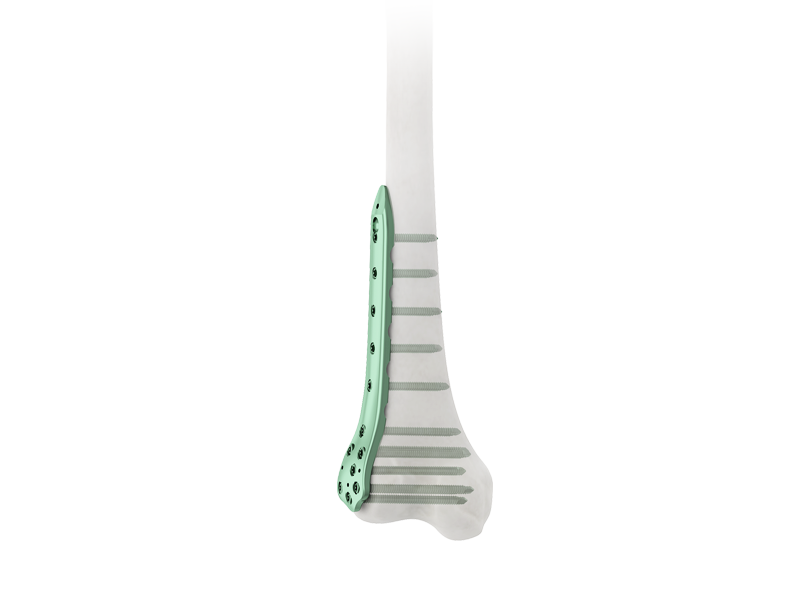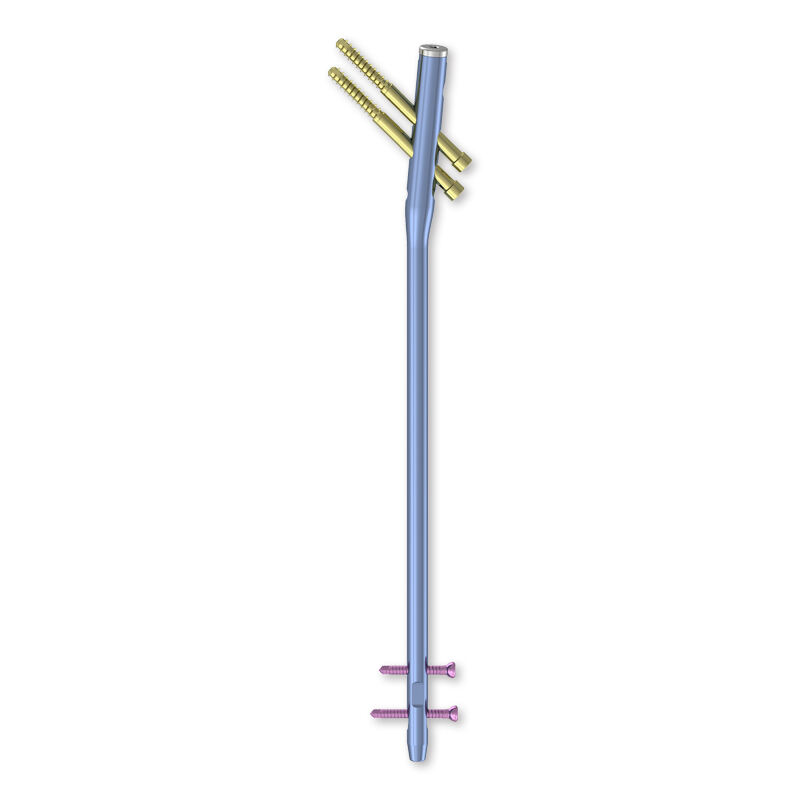intramedullary nail hip surgery
Intramedullary nail hip surgery is a minimally invasive procedure designed to treat fractures in the hip and upper thigh. The main function of this surgical technique is to stabilize the fractured bone by inserting a metal rod, known as an intramedullary nail, into the marrow canal of the femur. Technological features of this procedure include the use of advanced imaging techniques to ensure precise placement of the nail and minimal damage to surrounding tissues. The intramedullary nail itself is made of high-grade medical steel, designed to withstand the forces of the body's movements while promoting bone healing. Applications of intramedullary nail hip surgery are diverse, from treating simple fractures to complex injury patterns, making it a versatile option for orthopedic surgeons.



